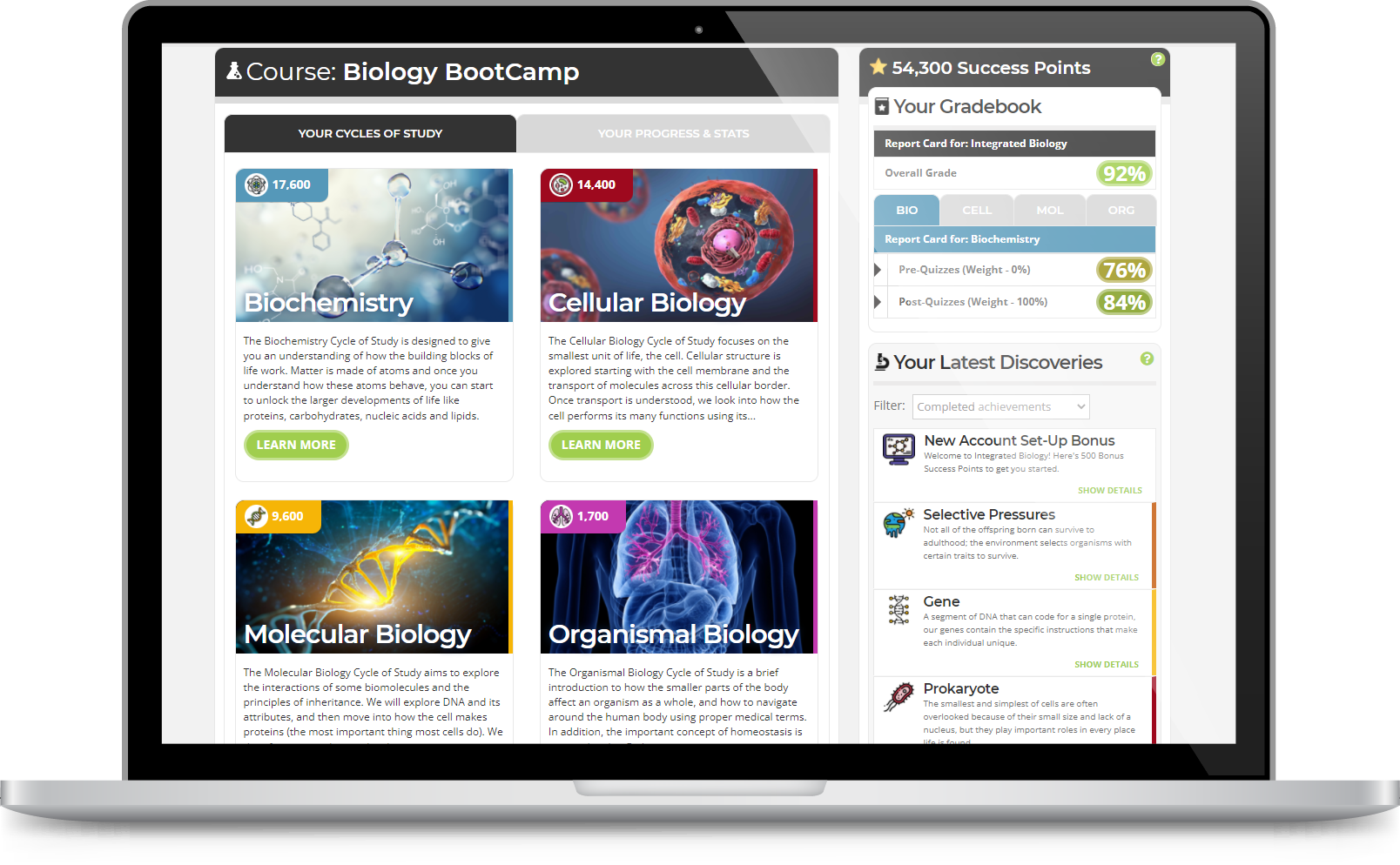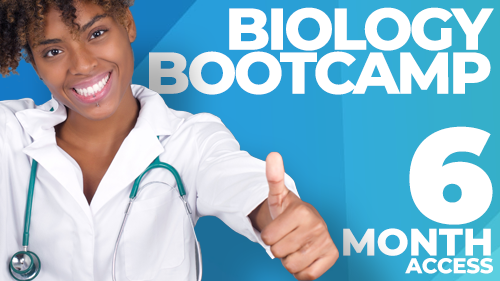Be Ready
Get the help you need right now to review Biology and prepare for college-level A&P.
A Biology Class at your Fingertips
Explore all 30 easy-to-digest concepts at your own pace, on any connected device.
Real-Time Performance Indicators
Track your progress with ongoing statistics and a private Gradebook.
Gain confidence by comparing Pre and Post-Section Quiz results.
Real-World Application
Biology is hands-on. So each Section includes an Applied Learning Activity that brings the lesson off the screen and into the real world.
LEVEL UP!
Earn Points, increase Rank and collect Achievements as you progress through BootCamp.
B. Bowers
K. Tourya
Cathy K.
What is Biology BootCamp?
 When you use Biology BootCamp as an online study tool to either review college-level Biology or prepare to be successful in college Anatomy & Physiology, you can study with confidence.
When you use Biology BootCamp as an online study tool to either review college-level Biology or prepare to be successful in college Anatomy & Physiology, you can study with confidence.
Biology BootCamp is written by Biology and Anatomy & Physiology professors who 1) know what students need to know and 2) know where students often fall short.
- Our all-online Cycles of Study cover all the fundamentals you need to know, in a way that makes sense.
- Our pre-quizzes help identify what you need more help on, and post-quizzes help you check that you’ve mastered it.
- Applied Learning Activities (ALAs) take you through the fundamentals in a way that helps you to understand and not just memorize. We teach and review with you in a way that makes the information stick.
- Biology BootCamp can be used to support the textbooks you’re already using or can replace them entirely. It’s all up to how you want to use it.
CAN YOU PASS THE BIOLOGY FITNESS TEST?
![]() This is a very short quiz that touches on a few of the key concepts needed for taking an intense course like Anatomy and Physiology. Think of these as the minimum background that you should already know before taking A&P.
This is a very short quiz that touches on a few of the key concepts needed for taking an intense course like Anatomy and Physiology. Think of these as the minimum background that you should already know before taking A&P.
There are only 15 questions. Don’t use any outside resources. Do your best, and only skip a question if you have no idea at all!
Quiz Summary
0 of 15 Questions completed
Questions:
Information
You have already completed the quiz before. Hence you can not start it again.
Quiz is loading…
You must sign in or sign up to start the quiz.
You must first complete the following:
Results
Results
0 of 15 Questions answered correctly
Your time:
Time has elapsed
You have reached 0 of 0 point(s), (0)
Earned Point(s): 0 of 0, (0)
0 Essay(s) Pending (Possible Point(s): 0)
Categories
- Not categorized 0%
- Biochemistry 0%
- Molecular Biology 0%
-
While a test is only a limited view into what you actually know, let’s think about what we can learn from your score today.
Each of the questions on the test represents a foundational idea of Biology that will be built upon in A&P.
If you scored a 12/15 or 80%, you probably have a solid understanding of the important biological concepts — unless you found yourself guessing a lot on this quiz.
If you scored below the 80% mark, this means that there are likely some gaps in what you need to know to be successful in A&P.
Being prepared for one of the most challenging courses in college seem like a daunting task. No matter your score today, this class can help you be ready for your next step forward.
Recommended for You:-

Biology Bootcamp – Pay As You Go
$10.00 / month
-
- 1
- 2
- 3
- 4
- 5
- 6
- 7
- 8
- 9
- 10
- 11
- 12
- 13
- 14
- 15
- Current
- Review
- Answered
- Correct
- Incorrect
-
Question 1 of 15
1. Question
The Central Dogma of Biology describes the flow of information from the genetic code to its final product, usually a protein. What are the names of the two major phases of this process, in the proper order?
-
Question 2 of 15
2. Question
After an intense workout, your friend tells you to drink water and something with electrolytes in it. What are electrolytes and how are they used in the body?
-
Question 3 of 15
3. Question
Atoms are made of smaller particles. Which subatomic particle determines how an atom will react chemically?
-
Question 4 of 15
4. Question
For most people, 50%-60% of their body weight is water. What is the most common macromolecule in the remaining 40%-50%?
-
Question 5 of 15
5. Question
On Earth, all life forms are made of molecules that are based on one key element. What element forms the backbone of large molecules in all cells?
-
Question 6 of 15
6. Question
Glucose is an energy-storing molecule that can be broken down in our bodies, but it can’t be used as an energy source for the individual reactions and cellular processes inside a cell. What is the name of the major energy molecule, or ‘energy currency’ of the cell?
-
Question 7 of 15
7. Question
The Sodium-Potassium pump is critical for many cellular functions, especially in excitable cells like muscles and neurons. It uses about 25% of the calories a human ingests to create a concentration gradient. What type of transport does the sodium-potassium pump use?
-
Question 8 of 15
8. Question
Cells are the basic unit of life – if it’s not made of cells, it’s not alive. What makes up most of the cell membrane that designates the outside from the inside of the cell?
-
Question 9 of 15
9. Question
The single most important job of a cell is to make proteins. Which organelle is responsible for assembling proteins?
-
Question 10 of 15
10. Question
Proteins provide structure and regulate chemical reactions. What organelle in cells holds the information that instructs a cell on what proteins to make?
-
Question 11 of 15
11. Question
The sun is the main source of energy for life on Earth because it powers photosynthesis. What type of organic, energy-storing molecule is made during photosynthesis?
-
Question 12 of 15
12. Question
We all start as one cell, a fertilized egg. The average adult human has about 37 trillion cells in their body. What is the name of the process that separates the chromosomes when one cell divides into two identical cells, ensuring that each daughter cell receives a complete set of the DNA?
-
Question 13 of 15
13. Question
In humans, a person born a biological female typically receives one sex chromosome from her mother and one sex chromosome from her father. What are these chromosomes?
-
Question 14 of 15
14. Question
Deoxyribonucleic acid holds the genetic information on how to make our bodies. What are the symbols for the four nitrogenous bases found in DNA and what do they pair with?
-
Question 15 of 15
15. Question
When a cell is preparing to divide it must copy all its DNA. Sometimes, a mistake is made during this process that changes the DNA code. What term best describes this type of mistake?
Written by professors who know exactly what you need and how you learn it best.
Take the guesswork out of BIO
FAST
You need help now. Finish most Sections in about 30 minutes and complete the whole course in 24 study hours or less.
FOCUSED
You don’t need to know everything, just the main concepts. You’ll get a laser-focused review, fast.
FEEDBACK
Quizzes, a real-time report card, and rewards along the way let you know when you’ve mastered a topic and can move on.
What You Will Learn
Biology BootCamp is made up of 4 Cycles of Study, each broken down into short, focused Sections.
These topics lay the foundation for success in Anatomy & Physiology and beyond.
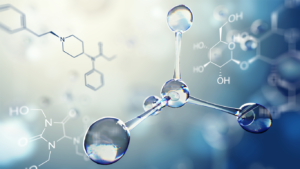
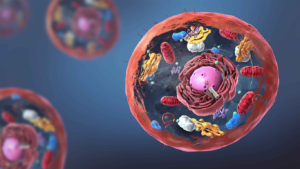
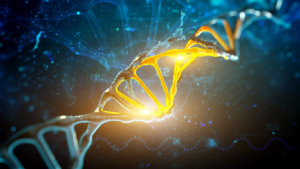
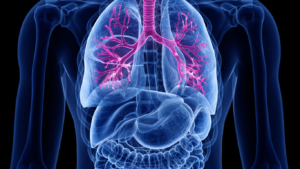
No one wants to take A&P twice.
Review with Biology BootCamp and make sure you pass the first time.
Frequently Asked Questions
Half of the students that take Anatomy and Physiology (A&P) at the College level fail in their first attempt. Whether you’ve already taken A&P and failed or you’re planning to take it soon and are worried that you are not prepared, Biology BootCamp is for you.
We are College Professors who have witnessed the failure rate in A&P firsthand. Just like our students, we became frustrated (and upset!) – so we decided to do something about it. This course has been offered by several high schools and colleges as a preparatory course for higher level Biology courses. Students who take this course go on to earn higher grades in A&P (an average of one letter grade better) than their classmates who do not take any pre-A&P course.
We don’t think so. We wrote it in everyday language. There are no long chapters, dry information and details that seem to go on forever, or unnecessary artwork and multimedia that doesn’t help you learn the fundamentals. Instead, Biology BootCamp contains short, focused Sections that can be completed usually in under 30 minutes. Each foundational concept is looked at from several angles, and the concepts of each Section build upon one another. All the questions and activities are geared toward working in a health field. The built-in game makes it fun to challenge yourself to earn badges and ranks. Not many textbooks can say all that.
Let’s start by making sure you understand: this is *not* an A&P course! Biology BootCamp is a self-paced course designed to get you prepared to take College-level A&P. In the typical A&P textbook, Biology’s foundational concepts are assumed to be review and are covered quickly, if at all. This means an under-prepared student often feels lost by the third week of class! Using an analogy: as kids we learn to walk before we run; before you can take on the terminology and advanced concepts in A&P you need to understand the chemicals in the body, how cells work, and how inheritance works.
Not directly from our site. The Colleges that offer a version of the BootCamp as a course may award credit but you will need to check with your school’s Biology department or academic adviser to find out. Also, if a course isn’t part of the official curriculum for your major your school’s Financial Aid most likely won’t pay for it. Even still, Biology BootCamp is a less expensive alternative to your average College course.
Probably not like this. Colleges must follow rules set by their state, including rules about what courses can have pre-requisites or how many credit hours can be in each degree plan. It’s not that institutions don’t care, but following these rules sometimes may force a situation where students must “sink or swim” on their own. In cases like this, it’s up to students to get the resources they need to make sure they have the best chance of success. Enter Biology BootCamp!

